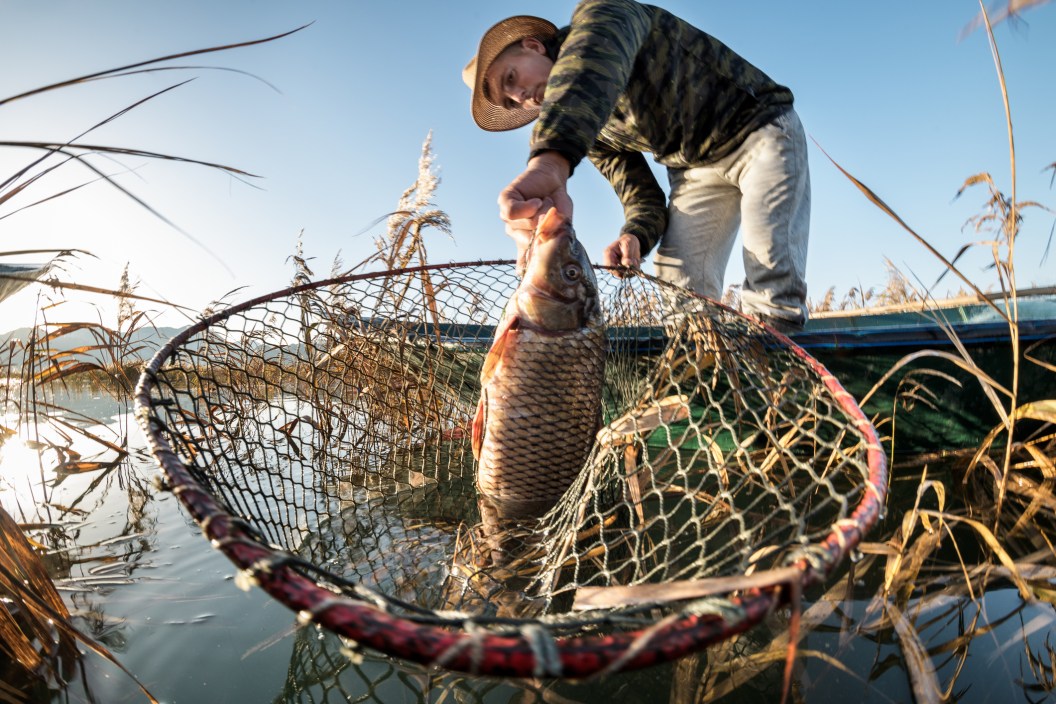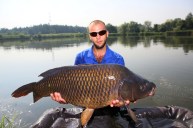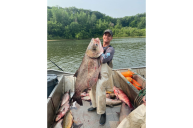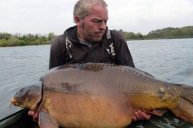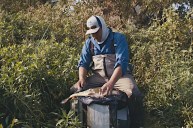"Poor-man's bonefish," "mud marlin," "suburban salmon"—carp get a lot of flak, and every bit of it is earned. These fish disrupt delicate natural ecosystems, challenge native populations for food resources, and contribute to environmental degradation. Unfortunately, this reputation as a nuisance fish precedes their potential as a game fish.
Now, Idaho Fish and Game (IDFG) is reminding the public that carp fishing is a readily available, fun challenge that can even result in a tasty meal. The department encourages people to get out as often as possible and to catch, keep, and eat as many as they would like. There are no limits on carp in Idaho and they can be fished year-round, making it a "golden opportunity" for avid anglers.
"Reputations aside, carp are still a blast to catch on a rod," IDFG said in a news release. "Carp are considered a premier sportfish in Europe and Asia, and they support valuable fisheries there."
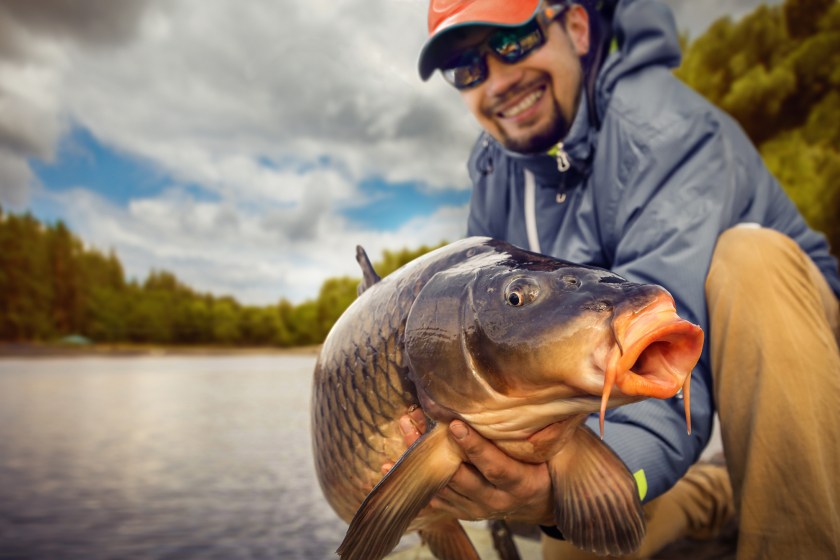
Getty Images/Mel Nik
Why You Should Fish Carp
Regardless of what you call them, carp are an abundant and challenging target for the adventurous angler, IDFG said. Anglers can choose many different methods to target these wily water-dwellers, including traditional tackle fishing, fly fishing, or bowfishing, which involves a bow-and-arrow setup.
Common carp make a fantastic target for archery equipment, because they often hug the shore and their contrasting coloration against the water helps bow anglers see them clearly. In fact, they actually make an ideal target fish for bowfishing.
Carp are active and easiest to catch during the morning and evening hours. They also fight hard once hooked, which is what makes catching them so much fun. Optimal gear for carp fishing includes large spinning rod combos fitted with heavy monofilament, fluorocarbon, or braid, with a 10-15-pound test fishing line.
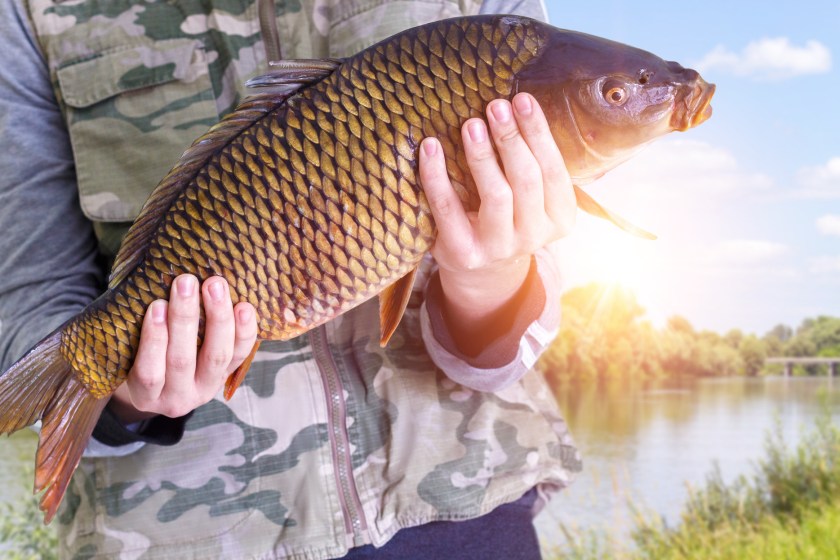
Getty Images/Natali Mis
Many states are testing their own methods to encourage more carp fishing. Illinois launched a carp rebrand campaign last summer that gave the fish a new name: copi. The new name copi is short for "copious" and refers to the overabundant four species of carp in the state: bighead carp, silver carp, grass carp, and black carp.
This rebranding effort followed decades of work by invasive-fish experts that has had limited success. Experts hope that a new name might be key in overcoming previous barriers to people's dinner plates.
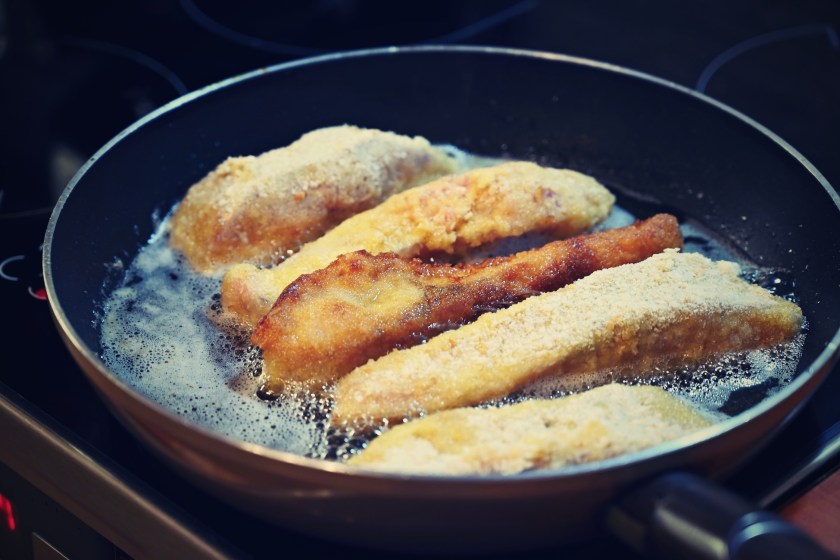
Getty Images/ Montypeter
Can You Eat Carp?
Carp might not be on the top of the list for luxury cuisine (at least not in America), but they can be delicious and offer similar nutritional value as many other edible fish.
While carp can be found living in both muddy water and clear water, the ones caught in clear water will undoubtedly taste better. The old adage "you are what you eat" applies to fish, too. Carp that spend the majority of their time in muddy water will taste like, well, mud.
Another thing to consider is that while carp aren't inherently unhealthy, it does make a difference which carp species you cook up in terms of health benefits. The common carp is a bottom feeder, which means it can pick up pollutants from the muddy bottom of contaminated waters. Some experts advise against eating common carp caught from certain urban water bodies. On the other hand, bighead and silver carp are filter feeders, not bottom feeders, and can make a meal that's not only a delicious but also healthy.
Carp are considered to be rich in minerals and vitamins—particularly phosphorous and vitamin B12—that the body needs to function properly, as well as high levels of beneficial fatty acids, protein, and antioxidants.
